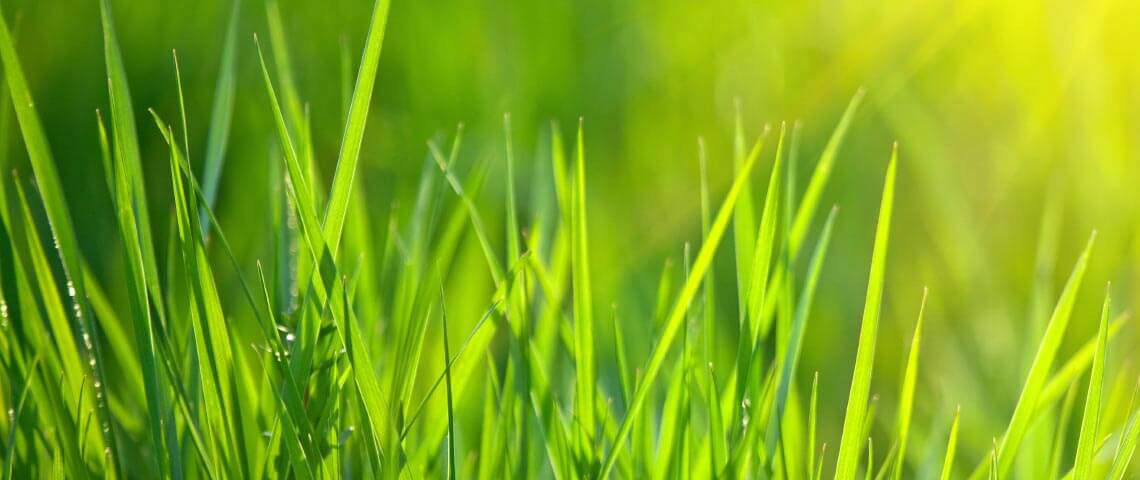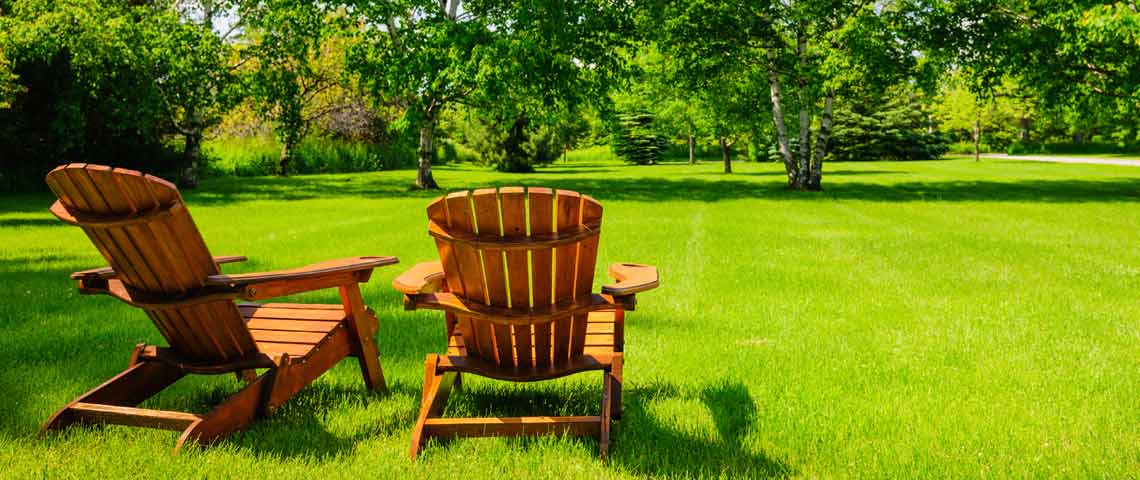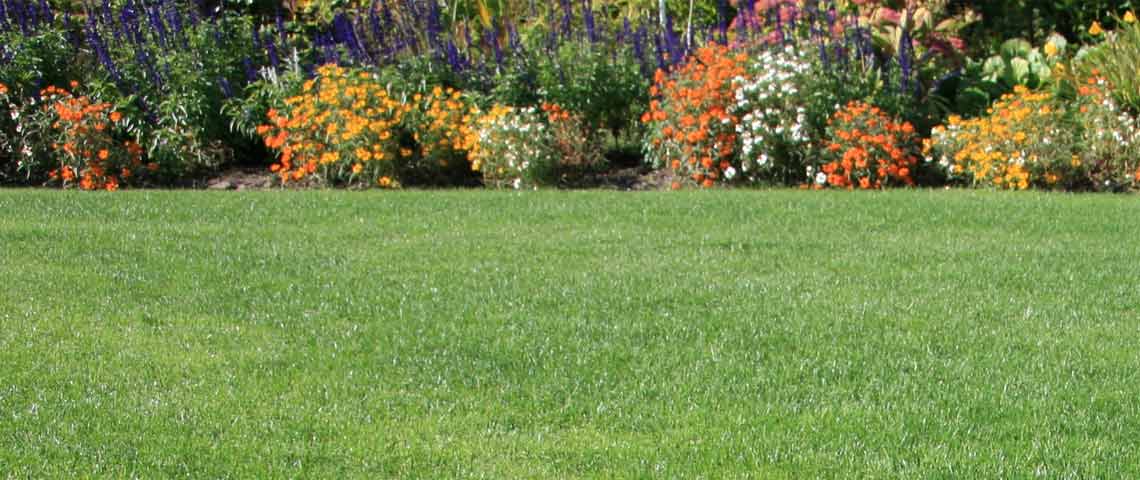Lawn Care Calendar for Warm-Season Lawns
Keeping your lawn lush and healthy requires attention every month of the year. Knowing what to do and when to do it is essential. Warm-season grasses, such as Bermudagrass, Zoysia grass and Bahiagrass, thrive in southern regions. They go dormant over winter, return to active growth in spring, and peak in dry, hot summer weather.
With a helping hand from this monthly care guide, you can keep your warm-season lawn grasses at their best. Keep in mind that seasonal changes within a region can occur over several weeks, and weather trends change every year. So, turn to your local conditions and your lawn for the final word, but let this month-by-month guide be a starting point.
Click here for an infographic!
January
- Keep mower blades sharp and lawn tools ready. Spring comes early in southern zones.
- Neaten dormant, far-south lawns with midwinter edging and a trim.
- Take annual soil samples in any trouble areas. Soil must be thawed and relatively dry. Test other lawn areas at three- to four-year intervals.
February
- Fight winter weeds with post-emergent herbicides and spot treatments. Green, active weeds are easy to spot in brown, dormant, warm-season lawns.1
- Check lawns for debris, twigs and stones before spring arrives.
- It's time to treat established lawns with pre-emergent herbicides before summer weeds and crabgrass germinate. A soil thermometer, available at garden supply stores, lets you know when soil temps near 55 degrees Fahrenheit – the temperature at which crabgrass germinates.2
March
- Mow lawns once grass starts growing. Cut slightly lower than standard mowing guidelines for the first few times. Collect clippings if you suspect disease.
- Apply soil amendments, such as fast-acting lime, according to soil test recommendations. This restores balance to soil pH and improves soil structure.
- Treat unwanted moss, which is most vulnerable during peak lawn growth in cool damp months.
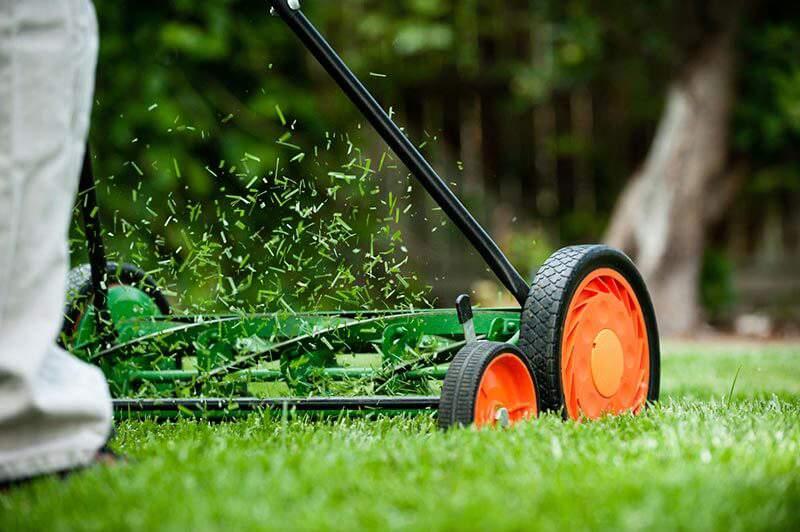
April
- Plant new lawns and overseed thin warm-season lawns with premium grass seed from Pennington. Warm-season grasses enter active growth as soil temperatures reach 65 F.3
- Mow at normal heights and leave clippings to decompose. This benefits soil structure and adds nutrients.
- Repair lawn damage and its underlying cause. Pennington Smart Patch II Bermudagrass Mix simplifies bare spots in Bermudagrass lawns. You'll see growth in as little as 7 days and full results as soon as 22 days.
May
- Aerate and dethatch lawns during active spring and early summer growth. This reduces compaction, improves drainage and reduces risks of lawn disease.
- Water established lawns so they get the equivalent of 1 to 1 1/4 inches of weekly moisture, including precipitation, as dormant grasses return to green.4 Water-conserving grass varieties, such as those in Pennington Smart Seed Bermudagrass Grass Seed and Fertilizer Mix, require less water than normal varieties.
June
- Feed warm-season grasses during their active summer growth period with Pennington Full Season Lawn Fertilizer 32-0-5. One application feeds your lawn for the whole season, or you can apply split applications from spring through fall, according to label instructions.
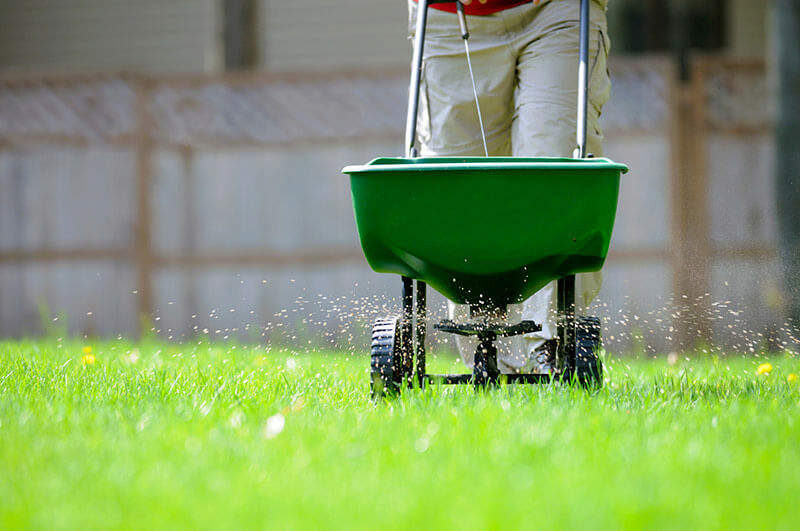
July
- Raise mowing height to 1 to 1 1/2 inches above normal recommended heights. Taller blades shade soil, reduce water evaporation and fight competing weeds.
- Treat small, newly hatched lawn-destroying grubs while they're close to the surface and damage is still limited.
August
- Mow lawns only as needed to maintain taller seasonal heights.
- Fertilize lawns to increase energy stores for winter. Plan a final feeding six to eight weeks before your area's first expected frost (four to five weeks before for Bermudagrass). Later feedings can interfere with dormancy and hardiness.1
September
- Reduce watering of warm-season grasses; needs decrease as rains increase, But never allow turfgrass to be stressed by lack of water, or it will affect spring green-up.
- Treat established lawns with pre-emergent herbicides before cool-season winter weeds germinate, when nighttime air temperatures approach 65 to 70 Fahrenheit.2
- Overseed for temporary green winter color with cool-season perennial ryegrass. When warm-season grass begins losing color, it's time.
- Keep newly overseeded areas consistently moist while seed establishes.
October
- Mow warm-season grasses until they stop growing. Make final cuts slightly lower than normal.
- Test soil, if due, and make recommended corrections before winter.
November
- Fertilize and continue maintaining cool-season grasses in overseeded lawns.
- Spot treat existing weeds with targeted, post-emergent herbicides.
- Remove or mulch fallen leaves to improve air flow and reduce disease risks.
December
- Maintain a regular watering schedule for overseeded lawns. Water as needed to supplement rainfall.
- Read the Pennington Seed blog and email newsletters for insights on keeping your lawn and garden looking great.

Whether you're a pro at warm-season lawns or a first-timer, keep your lawn on track with month-by-month care. With help from the Pennington Seed line of premium grass seed products and this monthly care guide, your warm-season lawn will be headed for excellence.
Pennington, Smart Seed, and New and Improved One Step Complete are registered trademarks of Pennington Seed, Inc.
UltraGreen is a registered trademark of Central Garden & Pet Company.
Always read product labels and follow the instructions carefully.
Sources:
1. Goatley, Michael Jr., Askew, Shawn and McCall, David, “Fall Lawn Care," Virginia Cooperative Extension.
2. Murphy, Tim R., McCulough, Patrick, and Waltz, Clint, “Weed Control in Home Lawns," University of Georgia, March 2015.
3. Waltz, Clint and Landry, Gil, “A Turfgrass Management Calendar for Georgia," University of Georgia.
4. Hale, Trent and Burgess, Chuck, “Bermudagrass Maintenance Calendar," Clemson University, September 2005.

